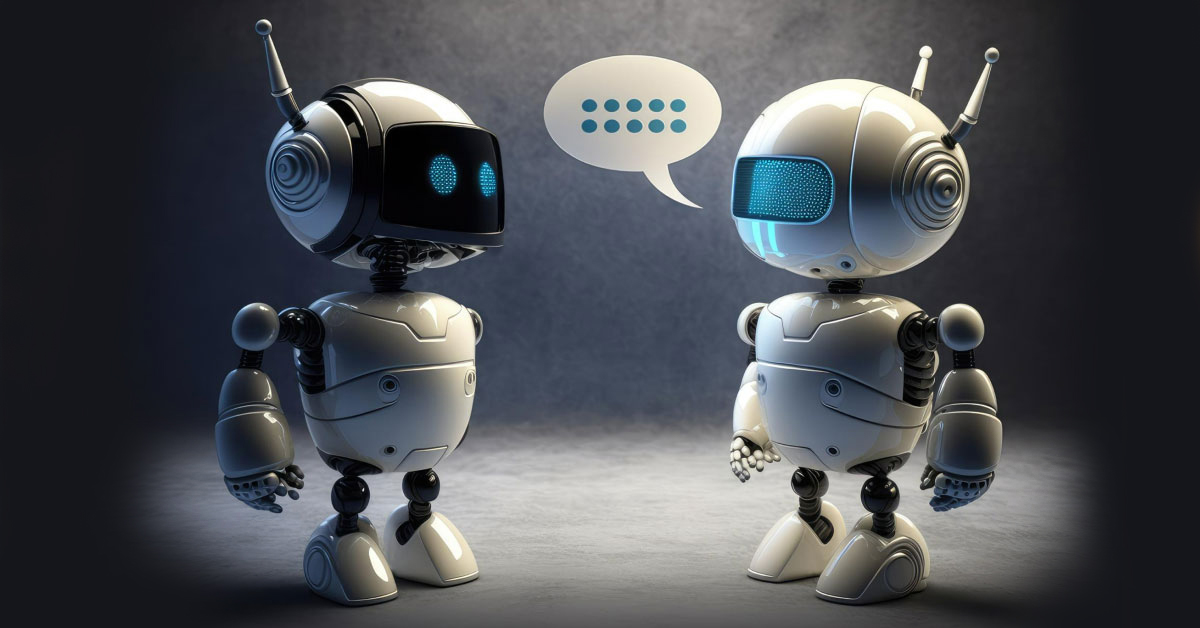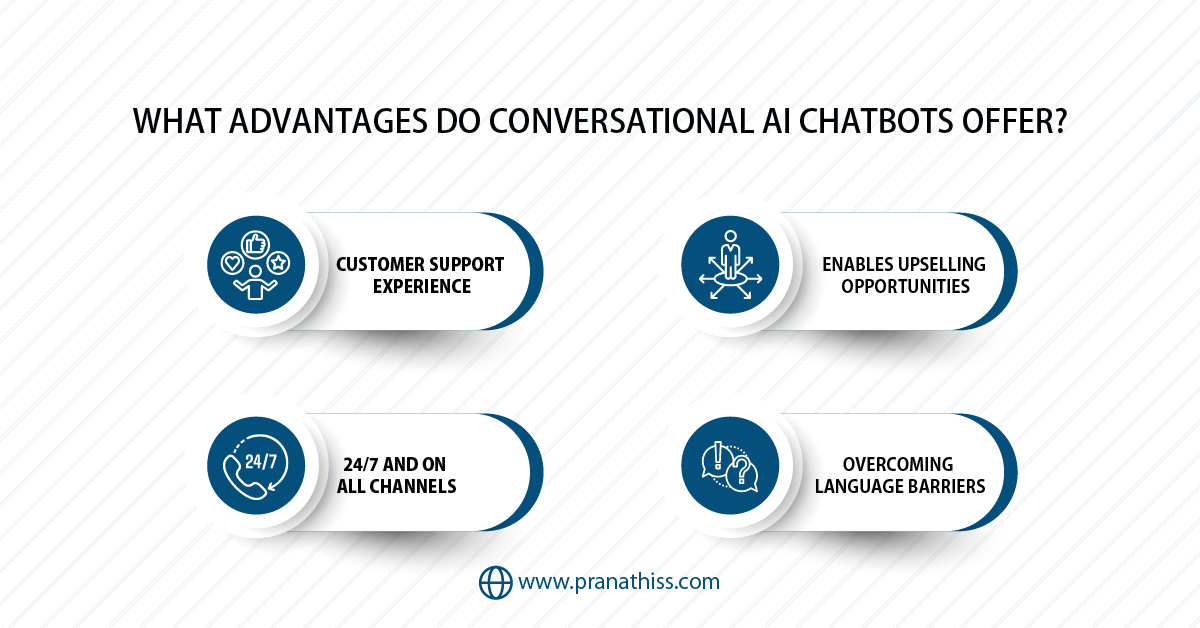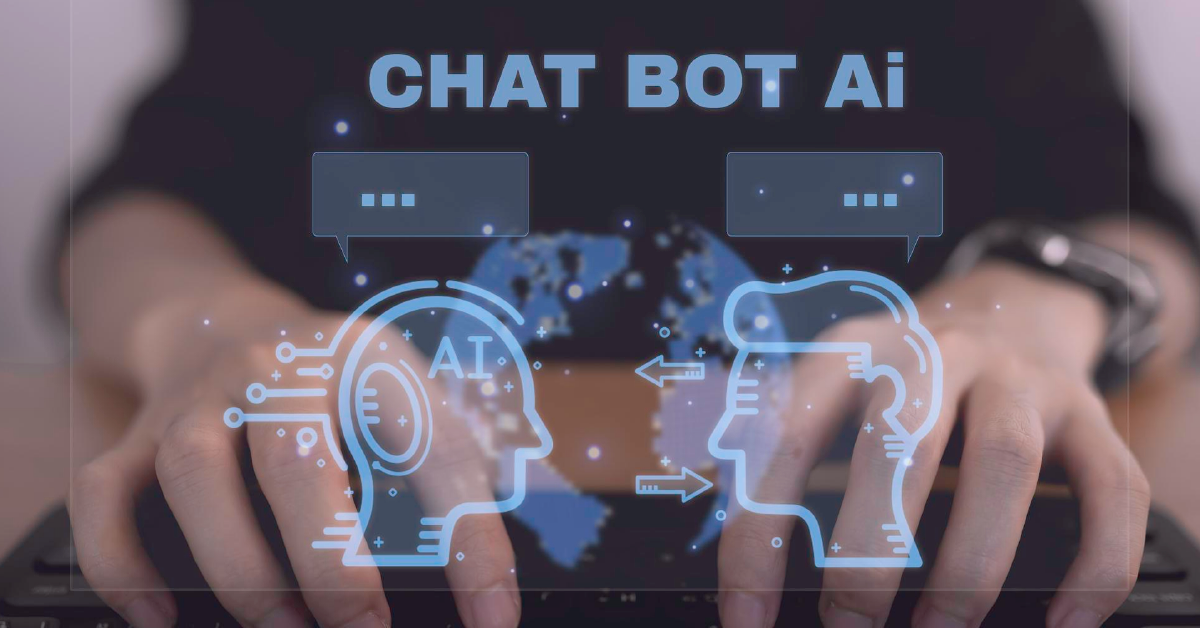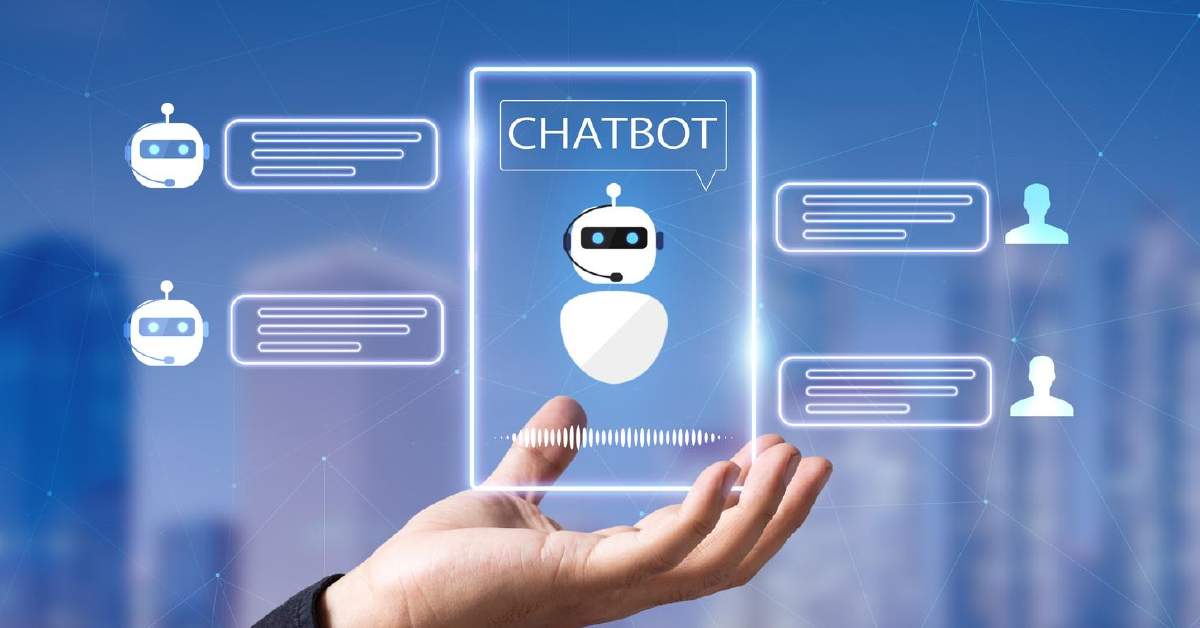Predefined Bots vs. Chat Bots – Exploring the Superiority

5 min read
What Distinguishes a Bot from a Chatbot?
Chatbots are usually referred to as software with advanced technology imparts through commands and made to walk-through various training cycles. The conversational AI has changed the entire scenario of these bots, making them more user-friendly and interactive while answering user queries. talking or having conversations instead of performing specific software-based tasks. Chatbots are a type of bot environment explicitly designed to converse with people.
Conversational AI is a subset of chatbots, but not all are conversational AI. Rule-based chat bots, which are not based on conversational AI technology, use keywords and other language identifiers to launch pre-written responses. A rule-based chatbot (a command-based, keyword, or transactional chatbot) that uses predefined responses to communicate is known as a predefined chatbot. Because they always follow the script, these virtual assistants are amusingly comparable to movie actors.
Predefined Bots vs. Chat Bots:
Pre-Defined Chatbot
- Traditional chat bots are simple rule-based chatbots that respond to FAQs (Frequently Asked Questions) and other straightforward and typical questions.
- These straightforward chatbots are keyword-based, have predefined conversational flows, and can only carry out a few simple tasks.
- Navigation with a focus on buttons and keywords
- Limited capacity for scaling
- These robots can only comprehend commands and text inputs.
- It can only be integrated with the chat interface and does not support omnichannel functionality.
- Depending on the keyword that customers enter, the resolution rate will change.
Conversational AI Chatbots
- Advanced conversational AI chat bots imitate human conversations to solve problems and improve customer experiences.
- On the contrary, they use AI to comprehend the intent and provide solutions rather than adhere to rules.
- Navigation was focused on intent.
- Scalable easily and gets better over time.
- They are capable of comprehending voice and text inputs.
- Has the ability to be integrated with a wide range of platforms, including websites and voice assistants.
- Delivers high-resolution rates consistently.
Conversational AI Chatbots: How Do They Operate?
AI chatbots understand customer intent using ML, NLP, and intelligent analysis to provide pertinent answers to customer inquiries in a conversational tone. Let us now delve more deeply into how these technologies interact with others.
- Natural Language Processing (NLP): NLP enables chatbots to comprehend user input, including text, voice, and our native tongue. It covers acronyms, pronunciation errors, typos, sentence construction, etc.
- Machine Learning: These chatbots can remember and improve upon previous conversations thanks to ML. After that, it gives the customers a better conversational experience by applying the lessons it has learned from these interaction patterns.
- Analyzing intelligently: The AI chatbot can analyze data using this technology and present customers with pertinent recommendations, solutions, and suggestions.
How Vital are Chatbots Today?
Artificial intelligence (AI) chatbots can converse with users and answer frequently asked questions, so businesses looking to boost sales or service productivity may choose to use them.
Many experts anticipate that chat-based communication methods will become more popular as consumers turn away from conventional forms of communication. Virtual assistants powered by chatbots are being used by businesses more frequently to handle simple tasks, freeing up human agents to focus on other tasks.

Improvements to The Customer Support Experience
Customers already prefer using chatbots 69% of the time because they provide quick responses to basic questions. A single chatbot can answer thousands of customer questions simultaneously. These chatbots can quickly answer questions and enhance your customers’ experiences by interacting with them in conjunction with conversational AI.
They do not follow automated instructions. Instead, they converse casually with clients. These chatbots can be implemented in conversational interfaces like mobile apps, websites, and messaging channels to increase engagement and decrease customer retention.
24/7 and on All Channels
All your channels can have conversational AI chatbots available round-the-clock to help your customers. These AI bots are available to communicate with your customers from anywhere in the world. Conversational AI chat bots can answer basic queries and provide customers with additional information in the wake of their initial response, delighting them.
For instance, a conversational AI chatbot can continue the conversation to inquire why the customer wants to return the product. Thanks to this, customers receive a better experience, and your team receives immediate feedback.
These chatbots can transfer the conversation to a live agent or gather data for agents to follow up on if the customer contacts the company with a more complicated question that the bot cannot answer. It guarantees that your customers will be addressed and establishes realistic expectations for the agent’s response.
Additionally, these conversational bots can be integrated into your messaging platforms like Facebook Messenger, WhatsApp, and others, making it more straightforward for customers to contact you on the platforms of their choice.
Enables Upselling Opportunities
The ability of chatbots to handle customer tickets and issues is well-known. The ability to upsell customers is another feature of conversational bots. These chatbots are intelligent enough to comprehend customer context and preferences to provide customers with the best upselling and cross-selling suggestions. They use inquiries, purchase histories, and cart information to make the best recommendations to customers.
Overcoming Language Barriers
Increase the likelihood of repeat business by 73% by providing support in the customer’s native tongue. You will begin to attract clients from various regions as your business expands. You cannot employ agents from around the world to serve various clients. With the help of translation software, you can provide your customers with multilingual support using conversational AI chatbots. Today’s businesses can quickly reach a global audience because most companies have a digital presence, whether big or small. Support for multiple languages is essential in this situation.
Boost The Effectiveness of The Agents.
In addition to being a great addition to your support teams, conversational bots can be excellent helpers for your support agents. They can resolve straightforward problems without interacting with anyone. As a result, agents have more time to devote to more complicated problems. They enable your support team to stay on top of metrics and SLAs because they can handle multiple issues simultaneously.
How Do Companies Use Chatbots?
The use of chatbots in B2C and B2B sales and services has only recently transitioned from their long-standing use in instant messaging apps and online interactive games.
Some Ways That Businesses Can Use Chatbots Are:
Online purchasing: In these circumstances, sales teams can use chatbots to respond to straightforward product inquiries or provide helpful information that customers can later look up, like shipping costs and availability.
Customer support: Service departments can use chatbots to aid customer service representatives in responding to common questions. For instance, a customer service agent might provide the chatbot with the order number and ask when the order was shipped. Usually, when a conversation becomes too complicated, a chatbot will transfer the call or text to a customer service representative.
Virtual assistants: Chatbots are a form of virtual assistant. Each of the four tech behemoths—Apple, Amazon, Google, and Microsoft—offers a different virtual assistant. A personal chatbot can be a software program or a physical object.
The Future of Chatbots
According to many industry experts, chatbots are expected to continue to be popular. The customer experience (CX), chatbot functionality, and text- and voice-enabled user interface functionality will all be significantly improved by future AI and ML developments. These changes may also impact data collection and provide more in-depth customer insights that encourage anticipatory purchasing behaviors.
Voice services are also widespread and crucial elements of the IT ecosystem. More and more programmers are interested in making voice-based chatbots that can carry on conversations, comprehend a wide range of languages, and reply in those same languages.
Published: July 19th, 2023





